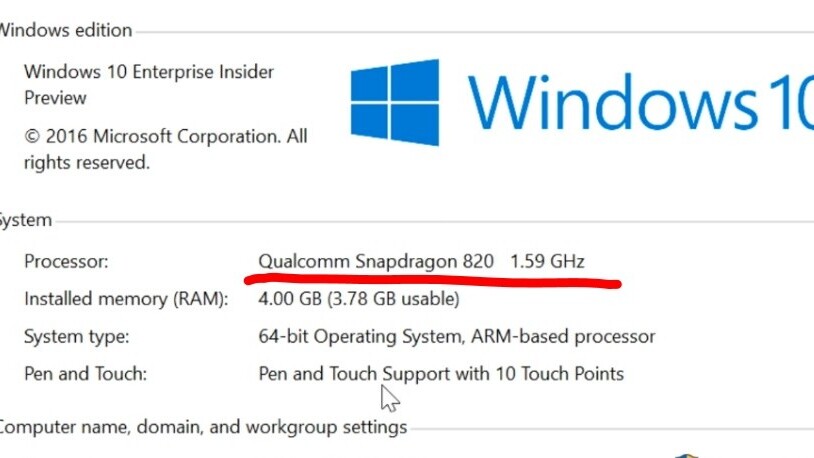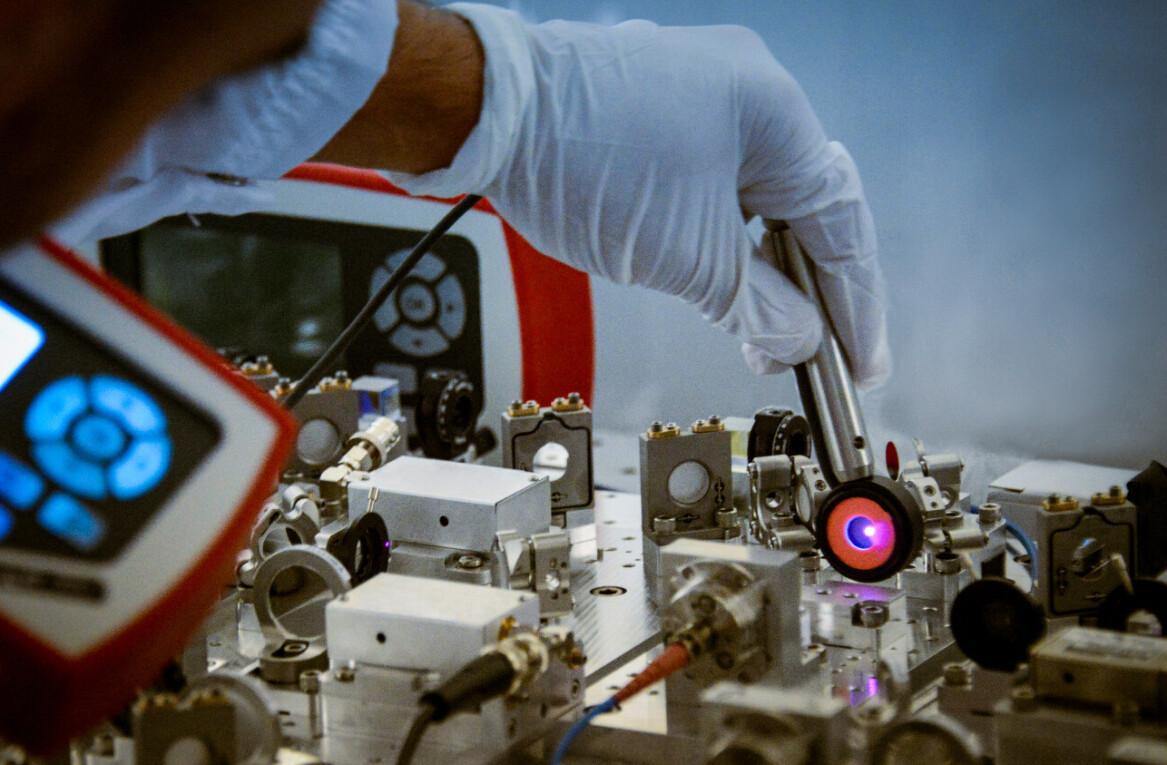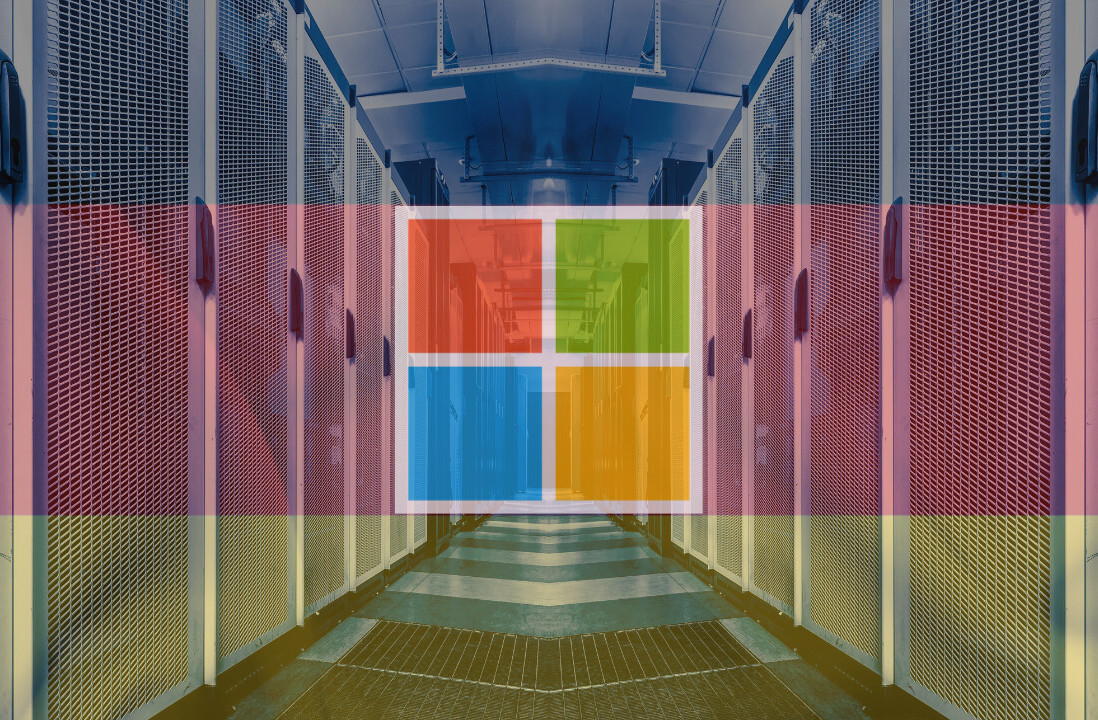
From the outset, Windows 10 has promised to be the OS for all devices, but using it on a phone or small tablet meant you couldn’t run traditional desktop apps. That’s now changing.
At its WinHEC event today in Shenzen, Microsoft announced that desktop apps are coming to ARM processors – the kind in basically every mobile device – through a partnership with Qualcomm.
It’s a big deal. These aren’t just the touch-friendly Windows Universal Apps; they’re full-fledged productivity program. It means a full version of Office. It means Photoshop CC. It means Windows 10 games. And according to Microsoft, developers won’t have to change anything about the apps themselves to make them work.
Though Microsoft and Qualcomm are using an emulation process, this clip shows Windows 10 running quite smoothly on a nearly year-old Qualcomm Snapdragon 820 with 4 GB of RAM – in other words, early 2016 smartphone specs:
Of course, Microsoft is still going to push the Universal Windows Platform first and foremost. UWP apps are generally more power-efficient, touch-friendly, and scalable than legacy x86 software. Running x86 apps will likely almost surely require docking your phone and take a big toll on your battery.
But slowly, Microsoft’s ultimate vision for Windows 10 as an OS for all hardware is starting to come together. Building on concepts like the HP Elite x3, it’s not hard to imagine future Windows 10 devices simply being smartphones you can dock into a laptop or desktop setup when you need to do ‘real’ work.
Microsoft says these ARM-powered devices – which it seems to be calling cellular PCs now – will arrive ‘as early as next year.’ Maybe that ever-rumored Surface Phone stands a chance after all.
Get the TNW newsletter
Get the most important tech news in your inbox each week.




